The Deep Lore Of Santa Claus
Santa Claus holding a Coca-Cola
December 8, 2022
One of the first things most people think of when it comes to Christmas is Santa Claus. Other names for him include Father Christmas, Saint Nicholas, Saint Nick, or just Santa. He is known for flying around the entire world with his reindeer driven flying sled to deliver presents to the nice children and delivering coal or absolutely nothing to the naughty. People know what Santa is all about, but most do not know about what really inspired the idea of this legendary figure.
The most known origin of where Santa came from dates back to the 4th century. Saint Nicholas of Myra was a Greek Bishop located in Myra on the Mediterranean coast of Turkey. He is most notable for giving generous gifts to the poor. The most known event of his generosity was when he prevented three girls being from being forced into prostitution, by dropping a sack of gold into their window each night for three nights. This gold was then used by their father to pay a dowry for each of them. In paintings he is usually depicted with cleric garbs and a white beard.
It doesn’t stop there, in 16th century England, the English had what is essentially the human version of Christmas. Father Christmas is also known for being a gift giver and signifying the seasonal joy, food, and blessings . He is typically depicted with green or scarlet robes and a long beard. During the 19th century he was featured prominently in Christmas folk plays.
The third significant influence on the iconic holiday figure is Odin. Odin is one of the most well known gods in norse mythology, who during the midwinter celebration Yule, would fly through the sky on his eight legged horse spreading gifts through the land. Yuletide traditions surrounding Odin were absorbed with Christian beliefs to make modern day Christmas. Santa’s elves are also said to be derived from norse mythology.
Finally, after diving into the people and characters that inspired the look and idea of Santa, it is time to talk about the other little things that Santa is known for. His phrase, “Ho Ho Ho”, is a representation of how he laughs. The believed reason that it is the way it is instead of, “Ha Ha Ha”, is due to the sound coming from around the stomach area. Santa’s trips down chimneys seem to come from a version of the Saint Nicholas story where he drops coins through a chimney after finding the window locked. There is also the poem, “A Visit From St. Nicholas”, that depicts Santa going through the chimney. People leaving milk and cookies out is said to date back to The Great Depression. At the time parents hoped to teach their kids to give selflessly to others.
Since the beginning of Santa’s career, people have continued to display his legacy to generations that come after them. Although Santa Claus is a fictitious character, he has given much joy, magic, and meaning to Christmas time.

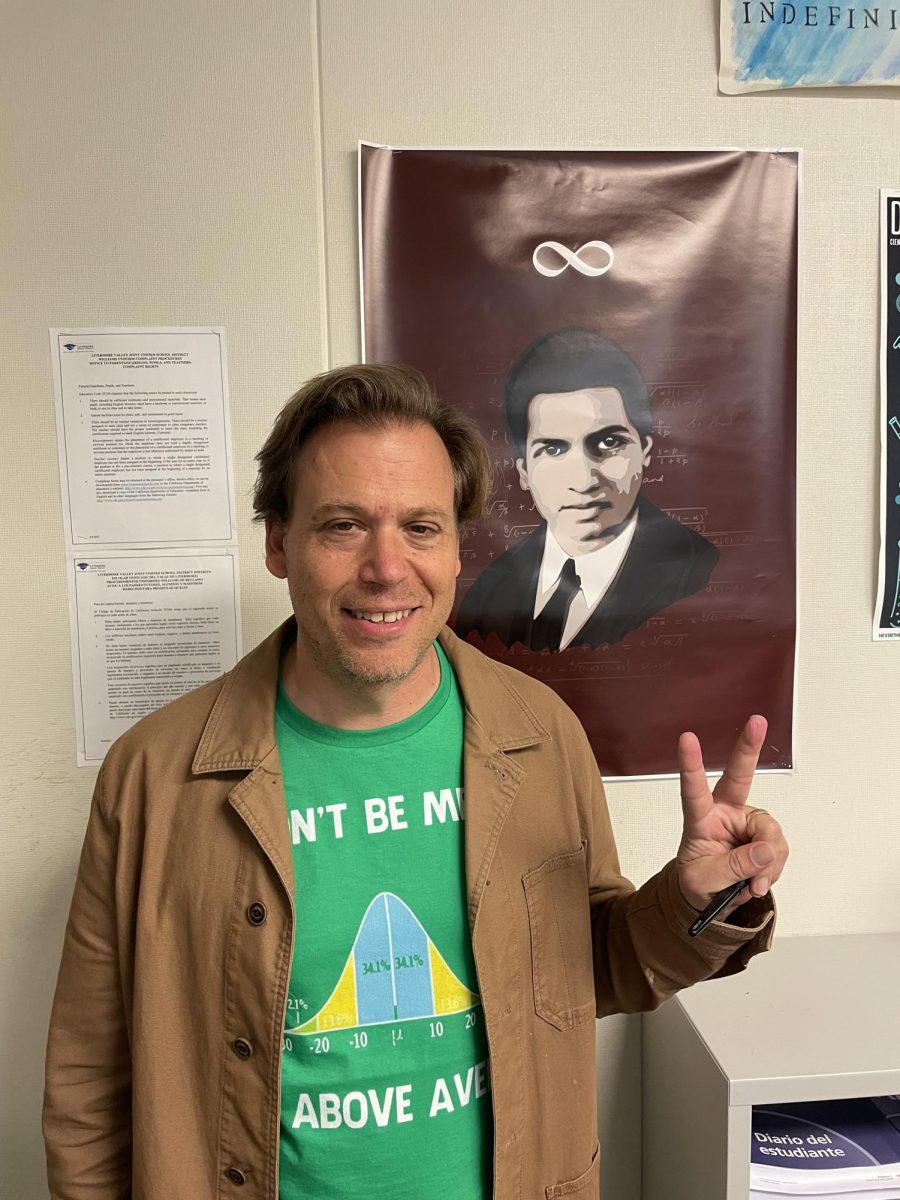




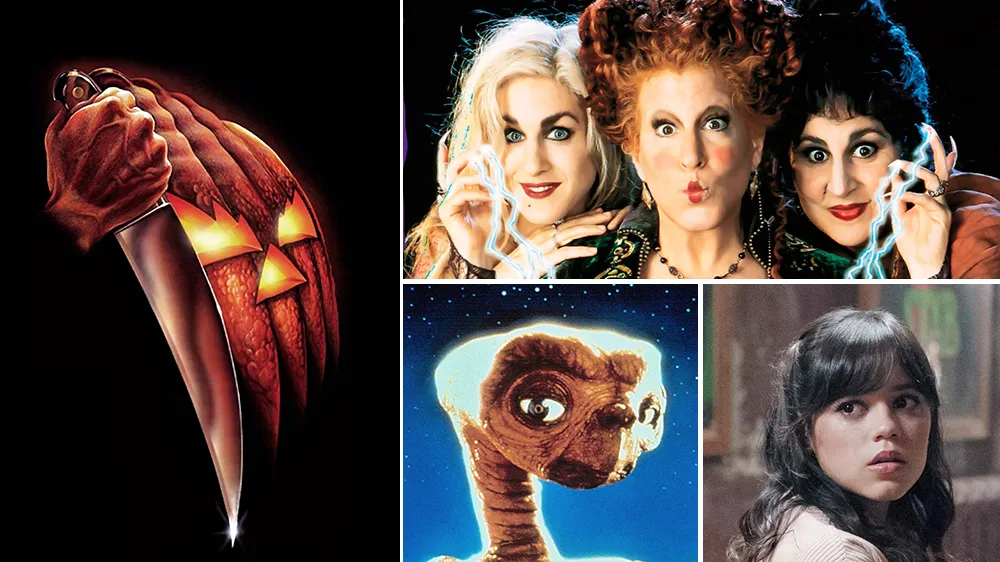

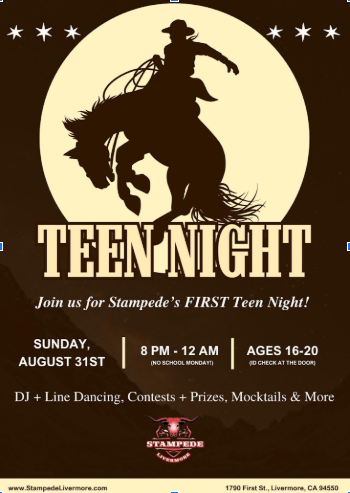


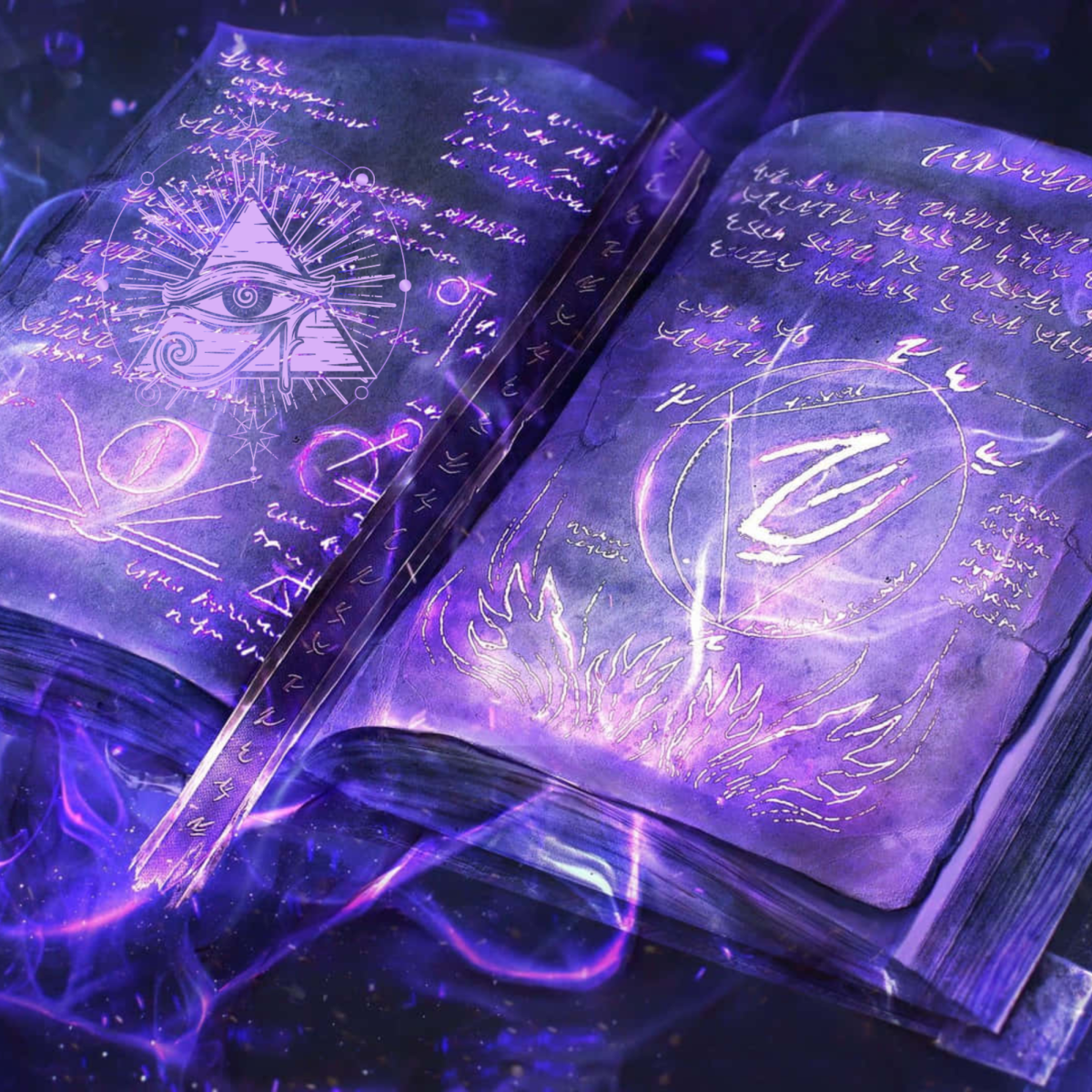




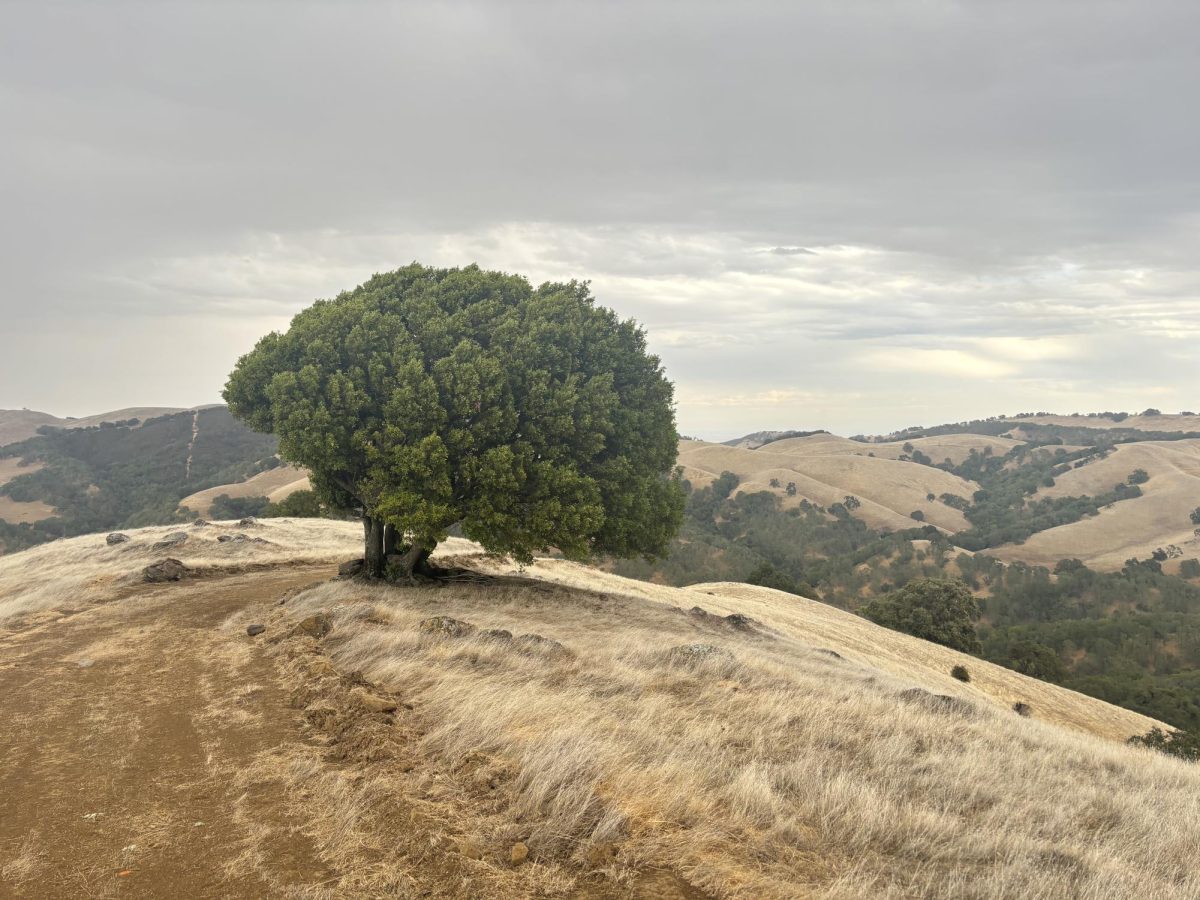




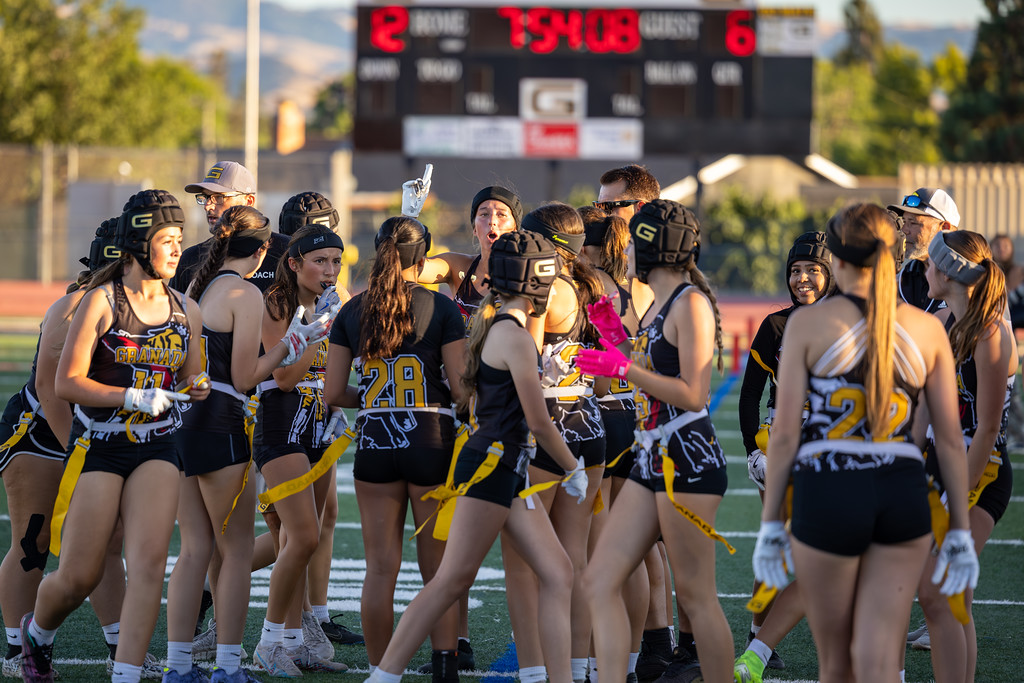





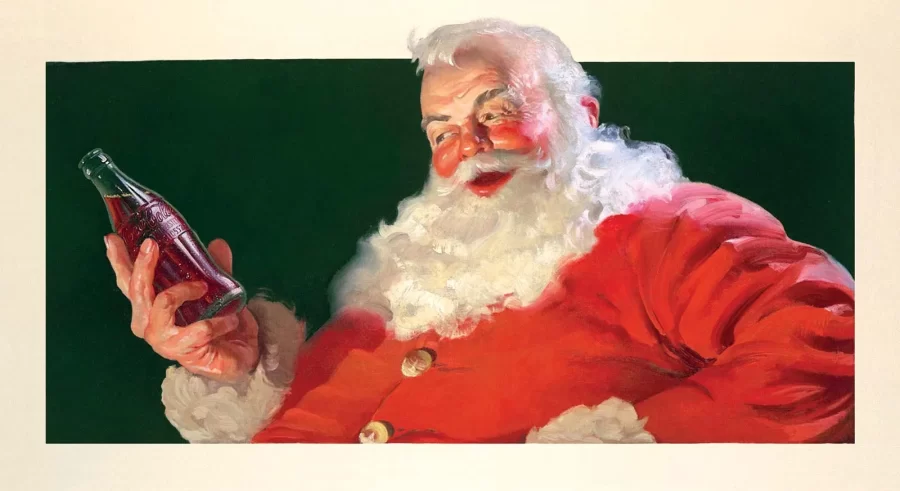

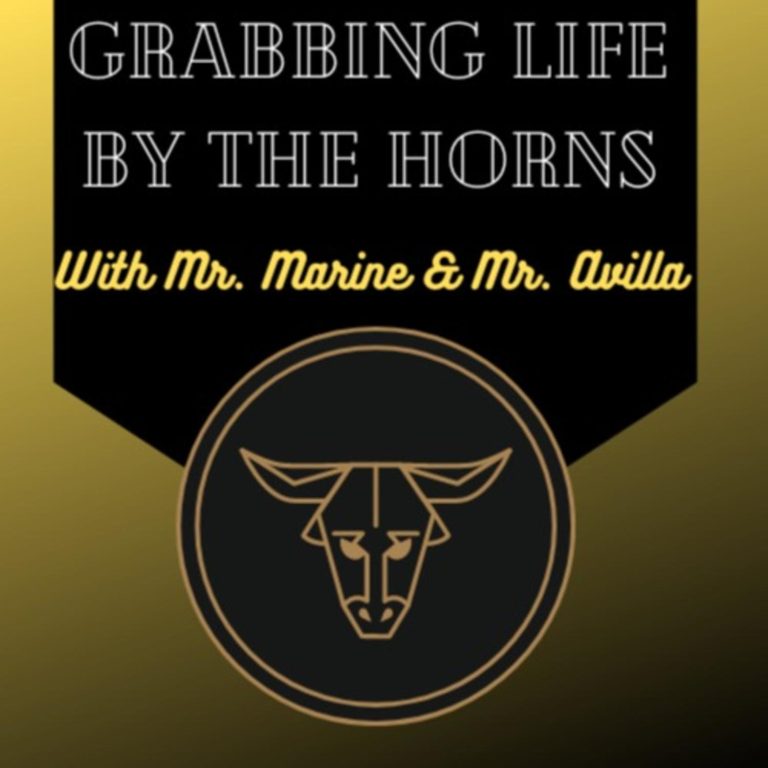
alan • Jan 31, 2023 at 11:18 am
Very informative and taught me a lot of the lore.
Nico Rebelo • Jan 30, 2023 at 3:29 pm
Really like the lore, interesting that Odin inspired Santa CLaus, would’ve never expected that.
josh katz • Jan 30, 2023 at 12:16 pm
very well written.
Kyle Babel • Jan 18, 2023 at 11:48 am
This was very well written and greatly summarizes the beginning and leading into how we celebrate christmas today, i think that this article was very informative for several readers.
Sierra • Dec 21, 2022 at 1:29 pm
This was very well written.
Emma • Dec 19, 2022 at 1:35 pm
cool, well written!
kinda • Dec 19, 2022 at 12:16 pm
good job well written!
Daniel • Dec 16, 2022 at 12:12 am
Very informative. I had not known that Saint Nicholas was the name of a real person.
Donovan • Dec 14, 2022 at 8:48 pm
Great Article, thank you for explaining Santa’s origin.
Reychelle • Dec 14, 2022 at 1:13 pm
I like this article a lot. I didn’t really know much about Santa Claus until now.
Milaad • Dec 14, 2022 at 12:38 pm
fire
Athan • Dec 13, 2022 at 1:38 pm
Thank you for helping to understand the history of santa claus
hunter • Dec 13, 2022 at 10:59 am
thank you for explaining the real origin of Santa Claus
bella • Dec 13, 2022 at 10:45 am
good job! i learned a lot.